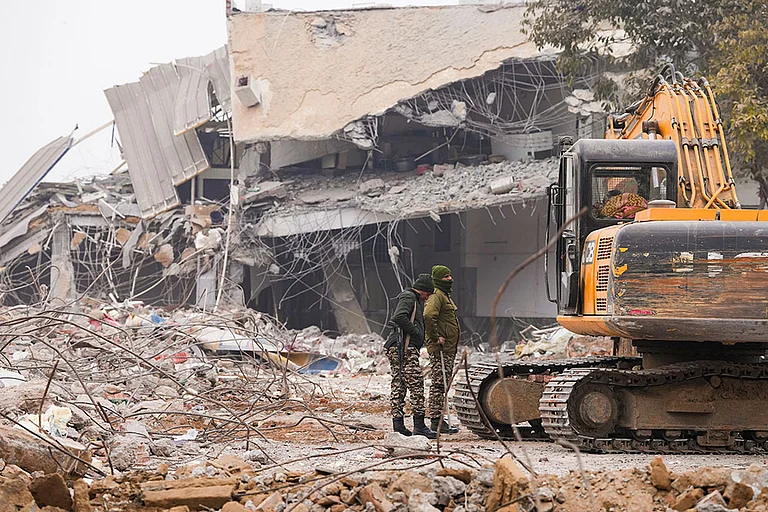With the onset of the winter season on the horizon, the Municipal Corporation of Delhi (MCD) has outlined the winter action plan to tackle winter pollution.
The MCD's plan includes focussing on hotspot areas, initiating dust-control measures, and deploying anti-smog guns across the national capital.
Delhi is infamous all over the world for its poor air quality and smog envelops the city in almost every winter season. Factors like the stubble-burning in surrounding states like Punjab and Haryana worsen the situation.
In the statement, the MCD on Thursday said it has constituted a Dust Control and Management Cell (DCMC) as part of the plan. The MCD would also focus on the open-burning of garbage in the city.
13 Hotspots identified in Delhi
The MCD has identified 13 hotspots in Delhi where a nodal officer would be appointed to ensure waste is not burnt or dumped.
The MCD has been decided that strict vigilance will be ensured to stop open burning of garbage and its dumping and monitoring will be strengthened to stop use of coal or firewood in hotels and open eateries, reported PTI.
The 13 hotspots identified by the MCD are: Narela, Bawana, Mundka, Wazirpur, Rohini, R K Puram, Okhla, Jahangir Puri, Anand Vihar, Vivek Vihar, Punjabi Bagh, Mayapuri, and Dwarka
The PTI reported, "The area's deputy commissioner has been appointed as a nodal officer of zone. It has been planned that various actions will be taken by zonal offices which includes, checking of illegal dumping of garbage or plastic waste, construction and demolition (C&D) waste, and penalising violators through challans, officials said."
The DCMC will comprise all superintending engineers and horticulture directors and regular meetings would be held, reported PTI.
A list of inventories causing high degree of air pollution have been identified and forwarded to all nodal officers (zonal deputy commissioners) for necessary action and to prepare time-bound short-term and long-term action plans with various stakeholder departments covering all the suggested inventories, said the MCD in its statement issued on Thursday.
MCD to focus on dust control
The MCD said that special attention will be given on identification and addressing the dust from roads in the 13 hotspots.
For this purpose, the MCD said in the statement that it would utilise mechanised sweeping machines, carry out effective manual road sweeping, utilise water sprinklers to suppress the dust particles, and carry out maintenance of unpaved roads or broken roads or potholes to contain dust.
Special attention will be given on identification and addressing road dust issue in hotspots areas, the MCD added.
The PTI reported, "Dust particles are big contributors to air pollution. Keeping this in view, anti-smog guns will be deployed at C&D sites. MCD will take action against polluters including for running unauthorised ready-mix plants and keeping C&D sites open. It will also take action against illegal/ unauthorised industries in non-conforming areas, the statement said."
The MCD has constituted 383 surveillance teams comprising 932 officers and staff to check open dumping of biomass and open burning of garbage, reported PTI.
The MCD is taking steps to promote zero waste colonies which are doing 100 per cent waste segregation at source and in-house composting, reported PTI citing officials, adding that only dry waste is channelised through authorised waste collection agencies and horticulture waste generated at parks or open areas will be decomposed at decentralised local composting units.
"The horticulture department has taken up greening of open areas, gardens, municipal buildings, roads, underneath of flyovers to provide maximum greenery to control road dust through mass tree or shrub plantation, ground covers, climbers," said officials further.


























